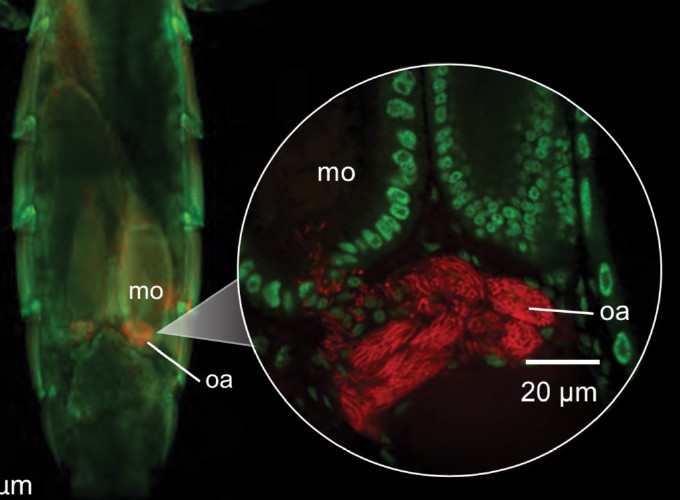Evolution is a process that optimizes the functions of genes within an organism to facilitate survival in the face of competition and environmental change. While evolution often serves as an engine of invention, it also plays an important role in streamlining, ensuring that organism do not waste resources maintaining or operating superfluous functions. Many animals and plants have evolved symbiotic relationships with microbes in order to gain access to functions that their own genomic inventories do not provide. Microbes participating in these associations experience a dramatic shift from an autonomous lifestyle to one in which their plant or animal host provides many of their needs. Symbiosis provides one of nature’s most potent opportunities for evolutionary streamlining, often resulting in the loss of over 90% of ancestral microbial gene functions. This research focuses on understanding the process of evolutionary streamlining in bacterial symbionts of feather-feeding bird lice. These symbioses have evolved (separately) many times from near-identical partners that have colonized different birds but have the same symbiotic functionality. This is a rare and highly prized scenario for the study of an evolutionary process because the high level of repetition provides unique insight into the roles of random change and contingency. This research will also provide a framework for science integration between Chinese and US students and researchers, along with a summer “SIM-biosis” camp that will train 7-9th grade students to develop computer simulations that can decipher the modes and patterns of evolutionary processes. This project focuses on understanding how intimate and interdependent symbiotic relationships originate, function, and co-evolve. While many insects (along with other animals and plants) have evolved symbiotic relationships with bacteria that facilitate the acquisition of important new traits, this project focuses on feather-feeding bird lice, which have repeatedly and independently evolved symbiotic relationships with bacteria to obtain essential B-vitamins that are lacking in their diet of feather keratin. The unusually uniform and simplified lifestyle of these lice presents a unique opportunity to study the evolutionary outcome of repeated acquisition of symbionts under similar conditions. This project explores:
- The role of drift and contingency in shaping the processes of genome evolution and degeneration in symbiotic bacteria.
- The nature and mechanistic basis of integrated functionality.
The project uses novel comparative genomic approaches underpinned by machine learning/artificial intelligence algorithms to detect repeating patterns in highly-replicated genomic datasets that effectively represent replays of symbiosis evolution in lice. This will yield highly detailed insight into the molecular evolutionary processes and adaptations that characterize symbiosis and, moreover, the mechanism by which evolution facilitates genomic streamlining in nature. More info here.
